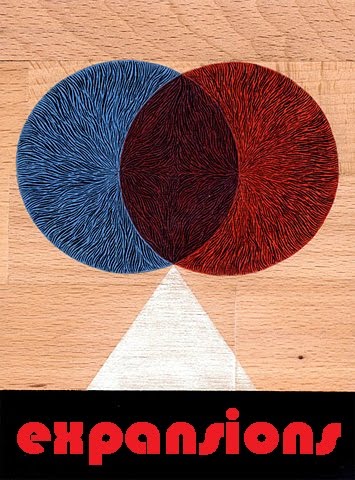


Philippine novelist, poet, playwright, and essayist writing in English, the National Artist for Literature. Joaquin is widely considered the best postwar author in his country.Born in Paco on Calle Herran, as the the son of Leocadio Y. Joaquin, a lawyer and a colonel of the Philippine Revolution, and Salome Marquez, a schoolteacher. After three years of secondary education at the Mapa High School, Joaquin dropped out of school to work on Manila’s waterfront and in odd jobs. On his spare time he read widely at the National Library and on his father's library. English had became the official medium of instruction in 1898 after the Spanish-American war. Especially through the work of short story writers English became the most developed literary genre and virtually all Spanish literature ceased.
He has written largely about the Spanish colonial period and the diverse heritage of the Filipino people. Often he deals with the coexistence of 'primitive' and 'civilized' dimensions inside the human psyche. In his short story 'The Summer Solstice,' set in the 1850s, Joaquin portrayed the collision between instincts and refined culture. Doña Lupeng first rejects ancient beliefs, but under the spell of the moon, she becomes possessed by the spirit of the Tadtarin cult - she does not want to be loved and respected anymore but adored as the embodiment of the matriarchal powers.
"He lifted his dripping face and touched his bruised lips to her toes; lifted his hands and grasped the white foot and kissed it savagely - kissed the step, the sole, the frail ankle - while she bit her lips and clutched in pain at the windowsill, her body distended and wracked by horrible shivers, her head flung back and her loose hair streaming out of the window - streaming fluid and black in the white night where the huge moon glowed like a sun and the dry air flamed into lightning and the pure heat burned with the immense intense fever of noon." (from 'The Summer Solstice' in Tropical Gothic, 1972)
He has influenced and inspired generations of both Filipino & foreign writers . We celebrate & embrace this mans works, poems & literary works that embodies the true filipino spirit.
check out some of his works:
- A Question of Heroes, 1977
- Stories for Groovy Kids, 1979
- Manila, My Manila, 1990
- Tropical Baroque, 1979
- Manila: Sin City and Other Chronicles, 1980
- Anatomy of anti -hero jose rizal








